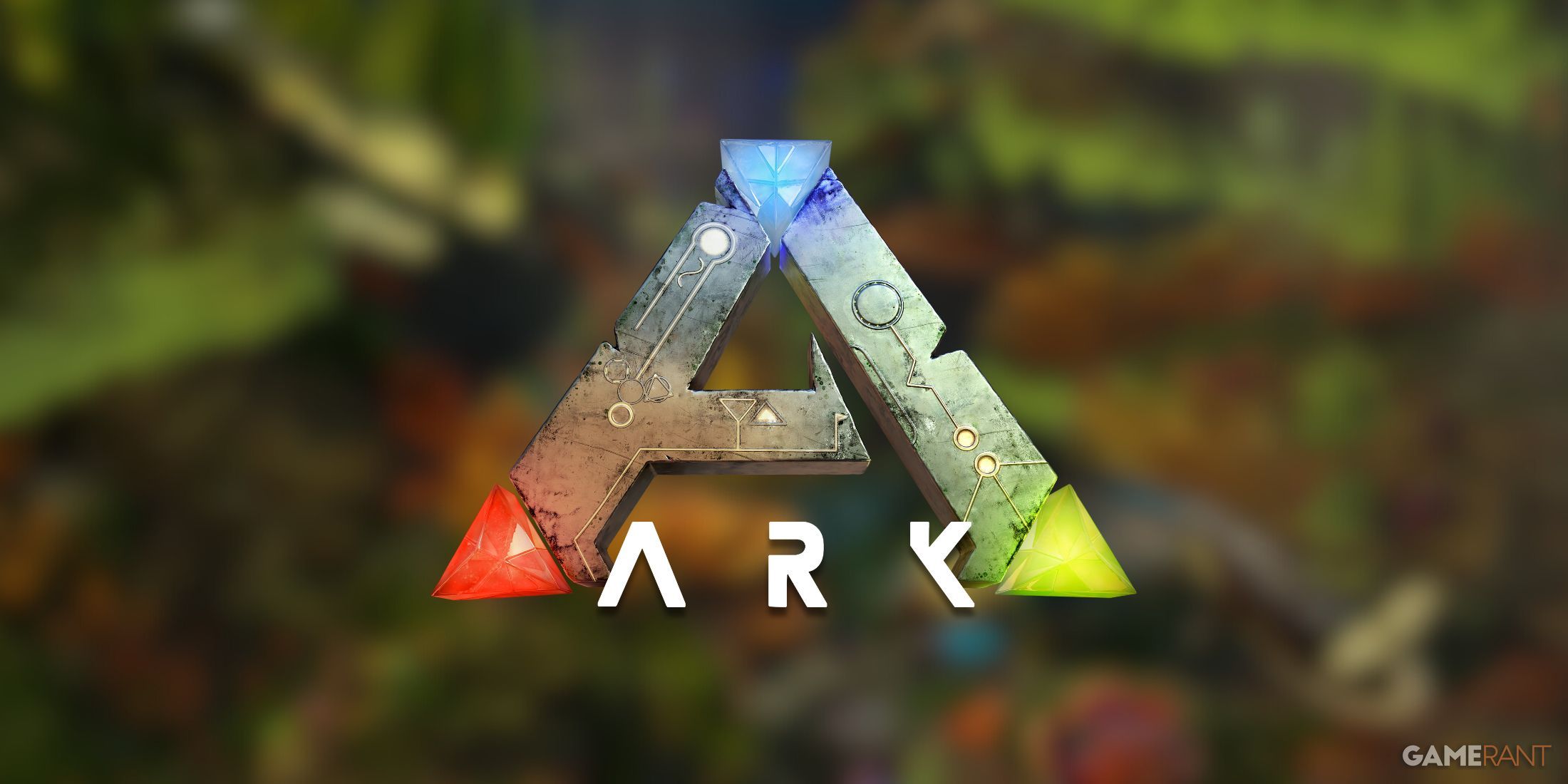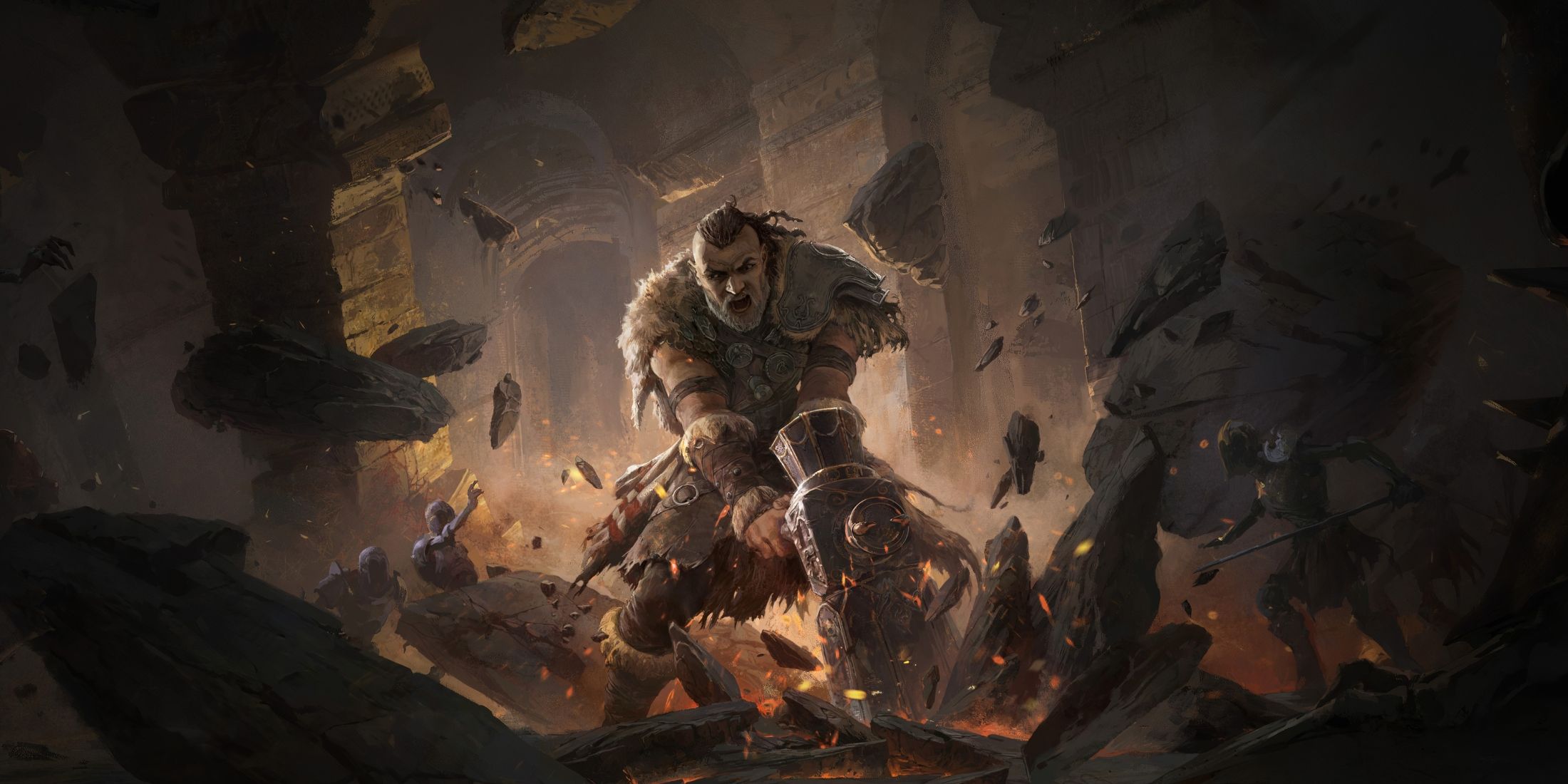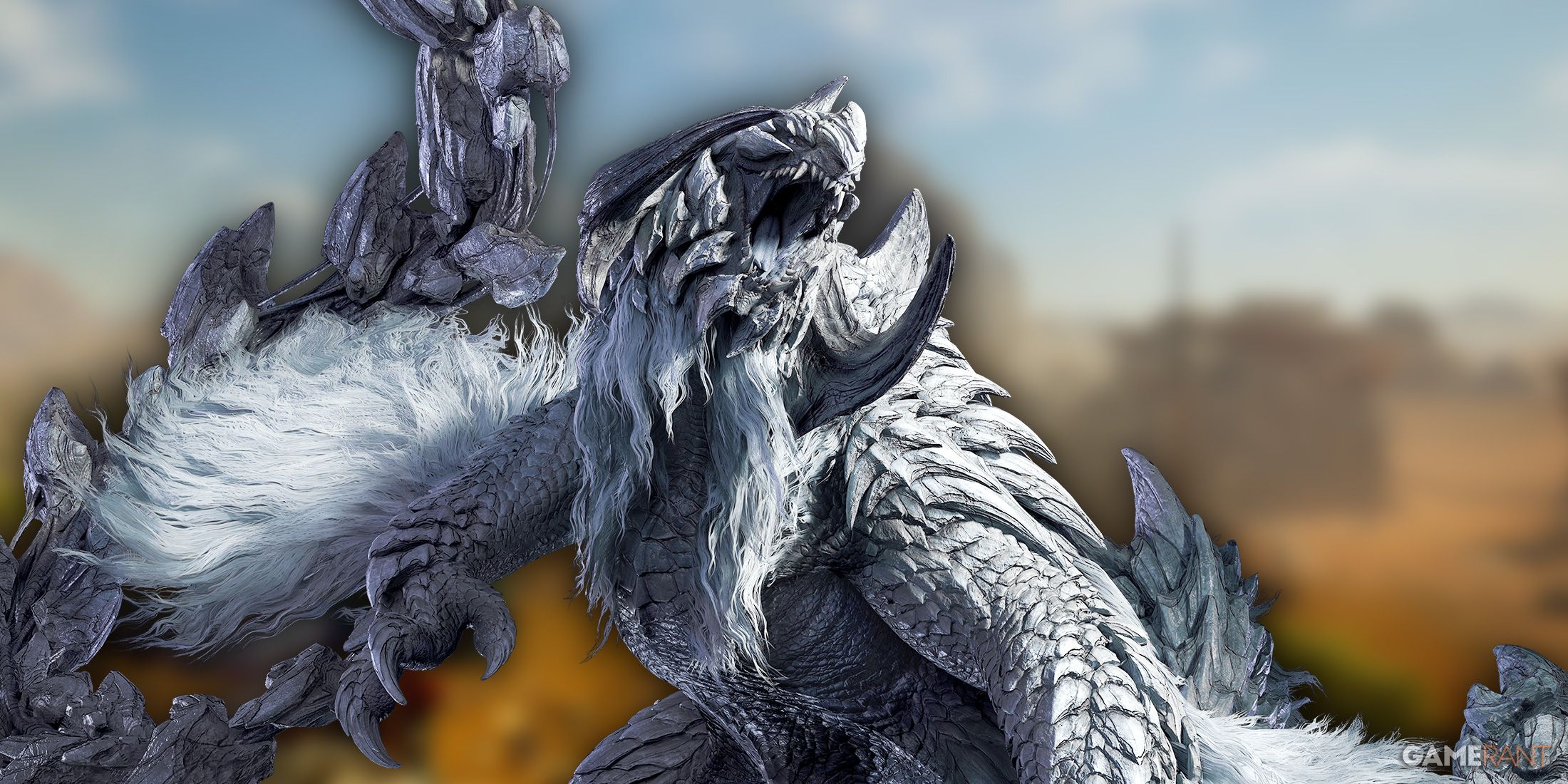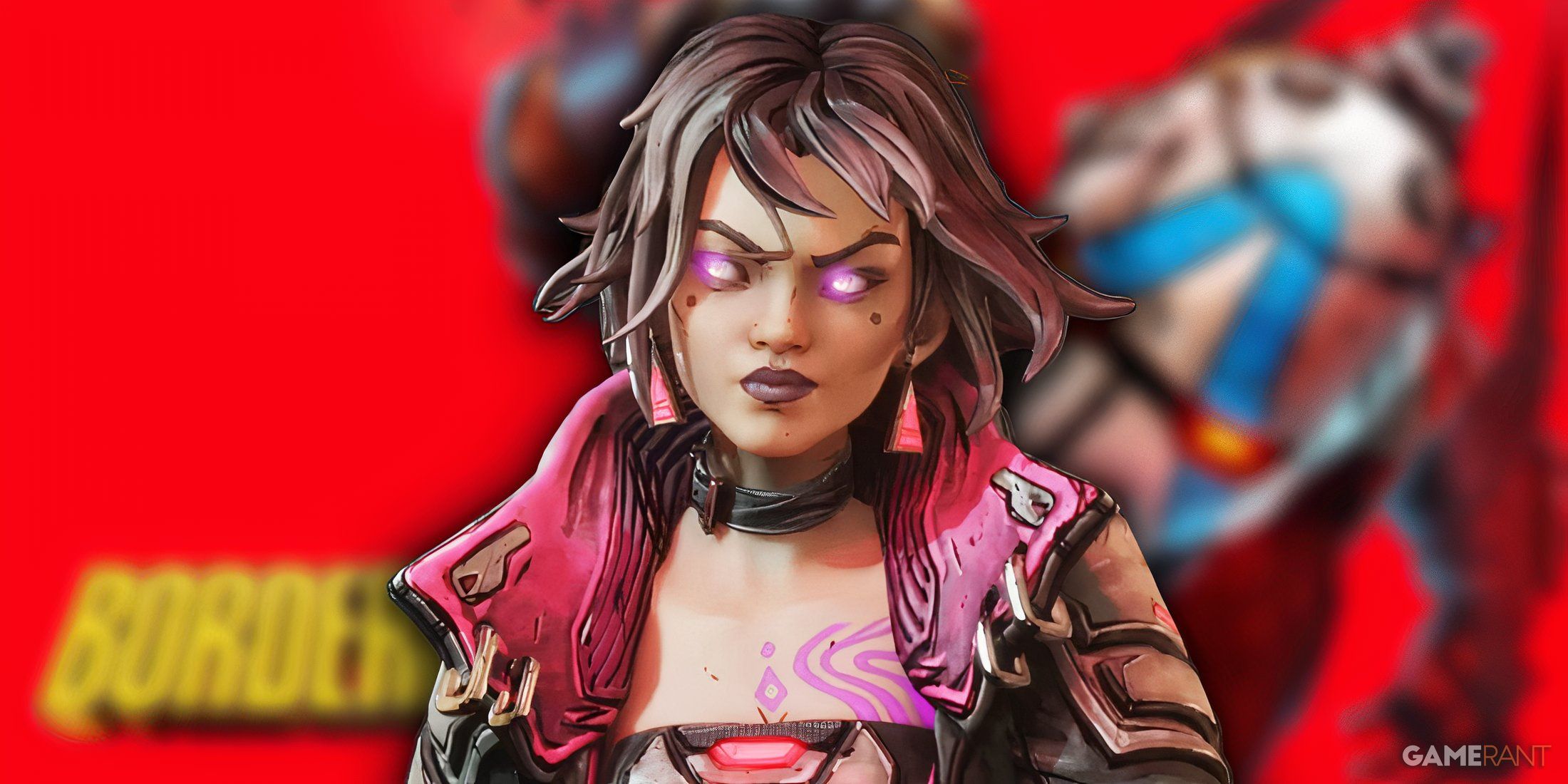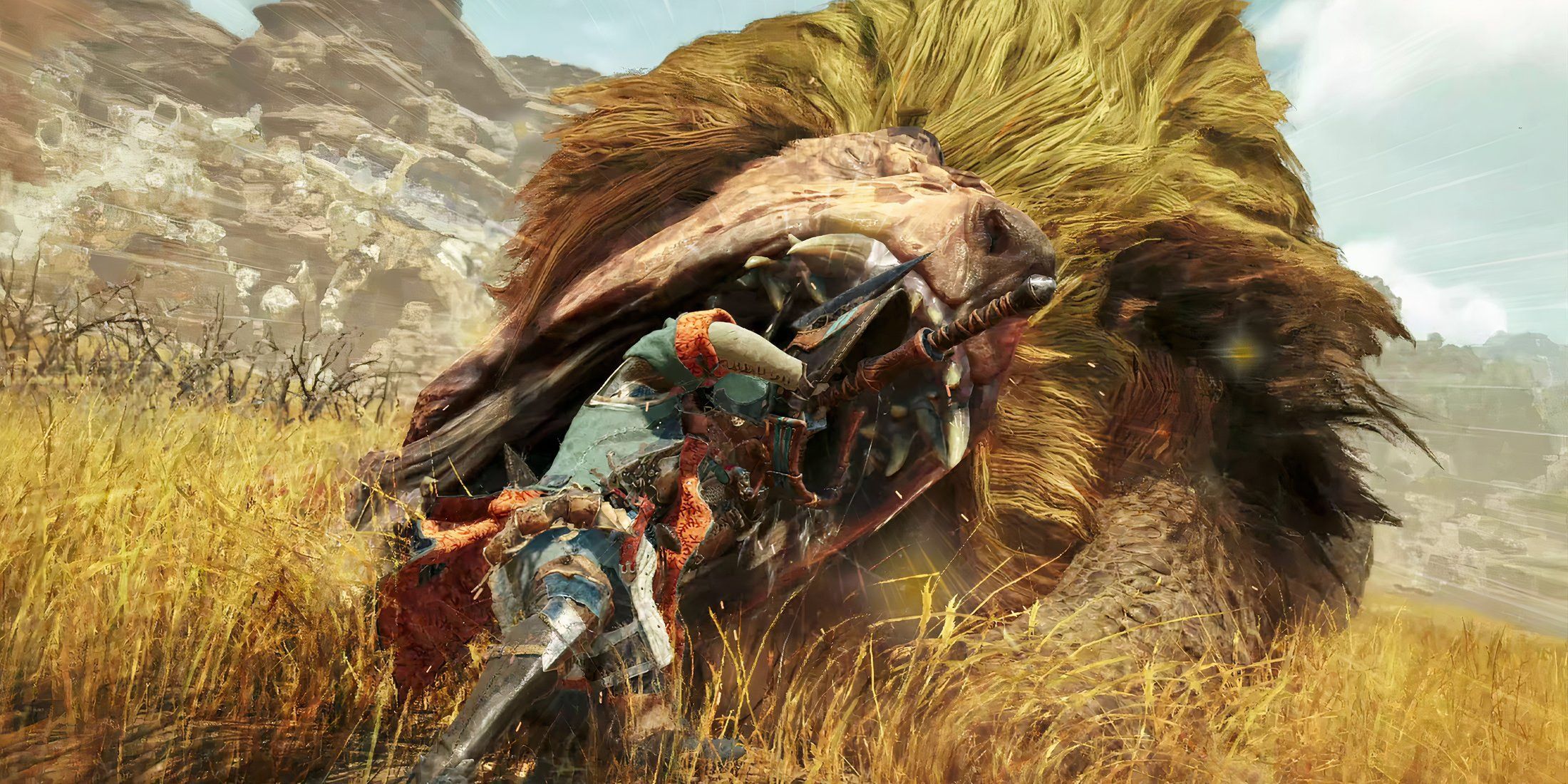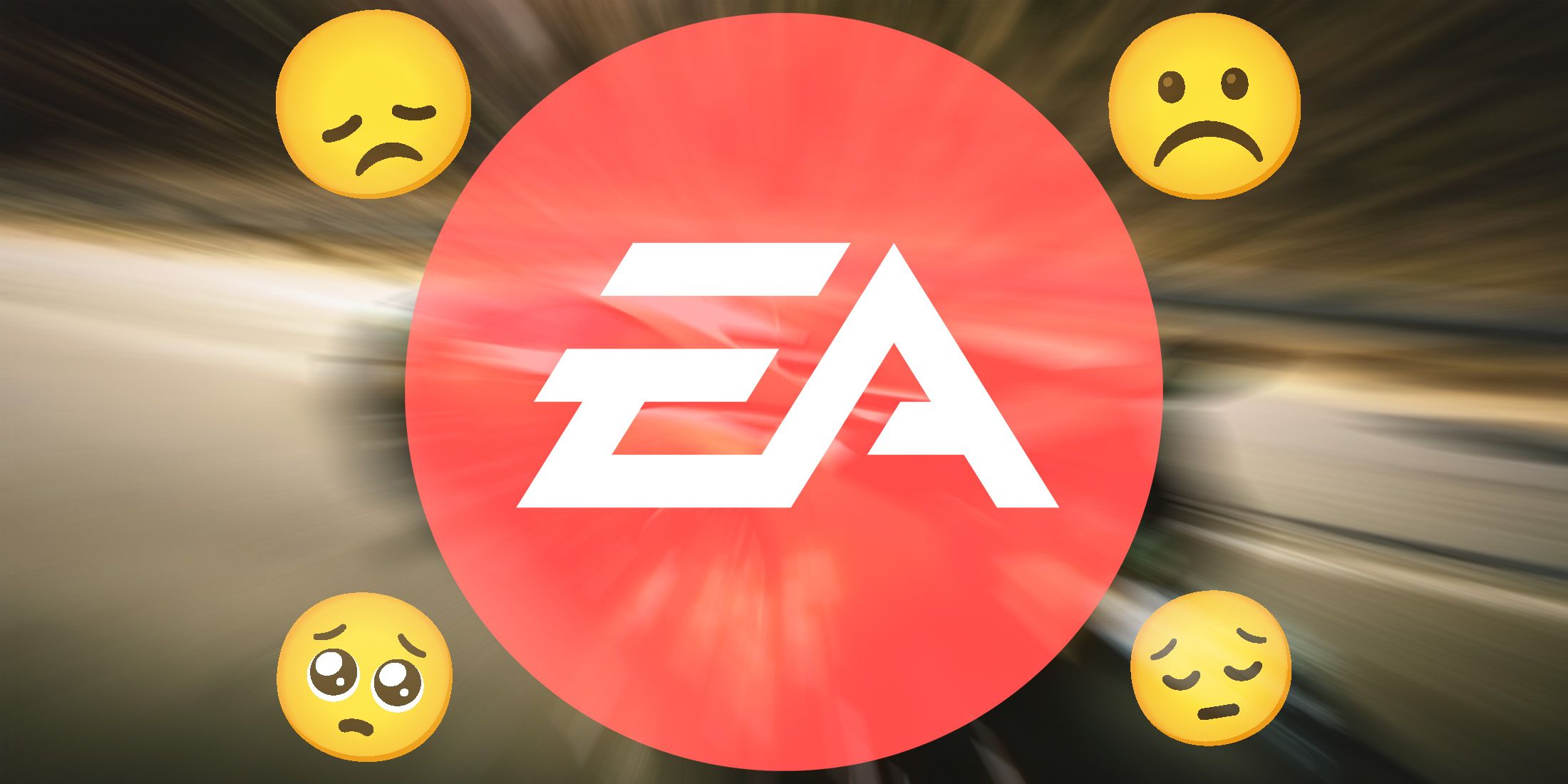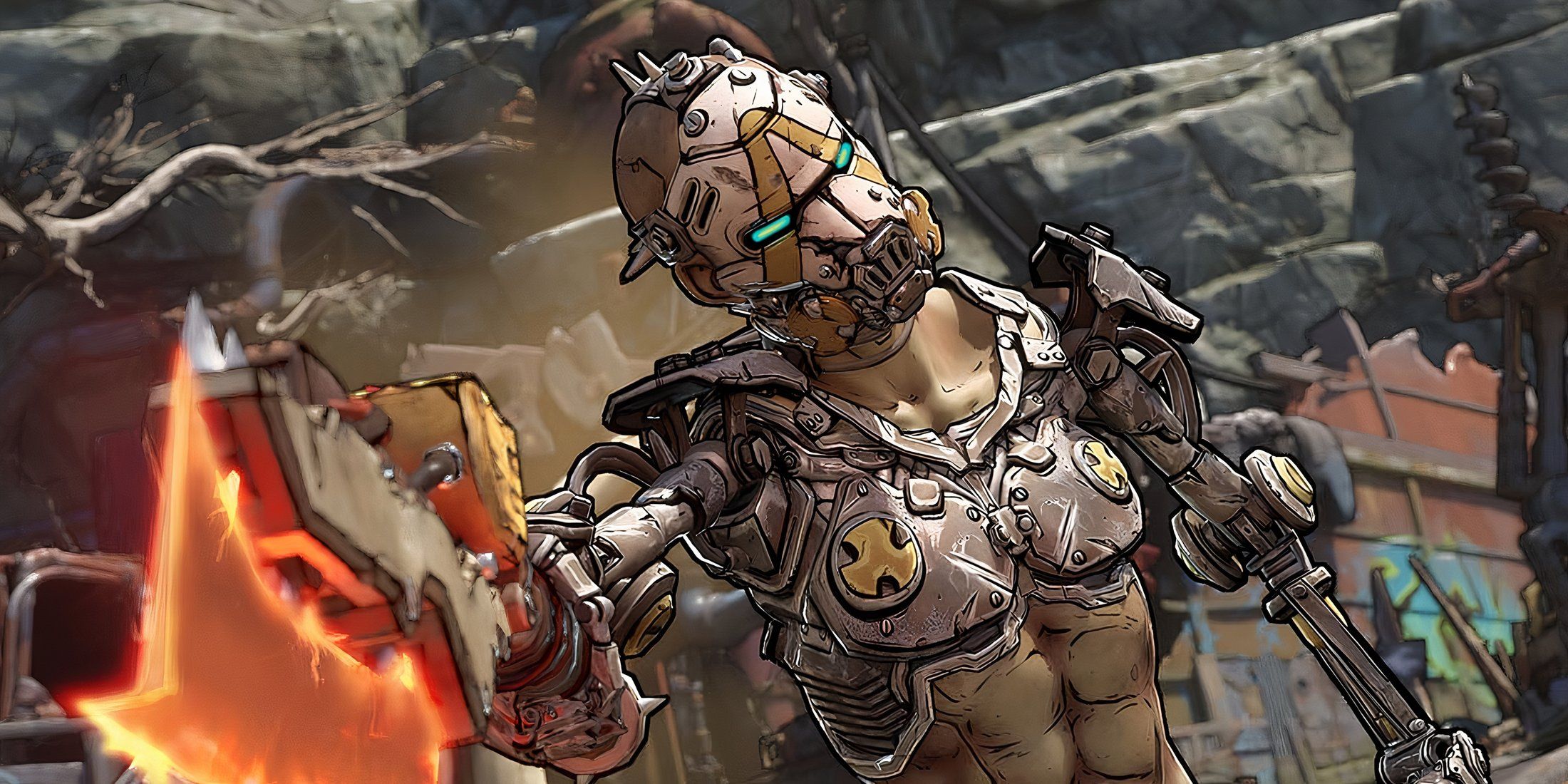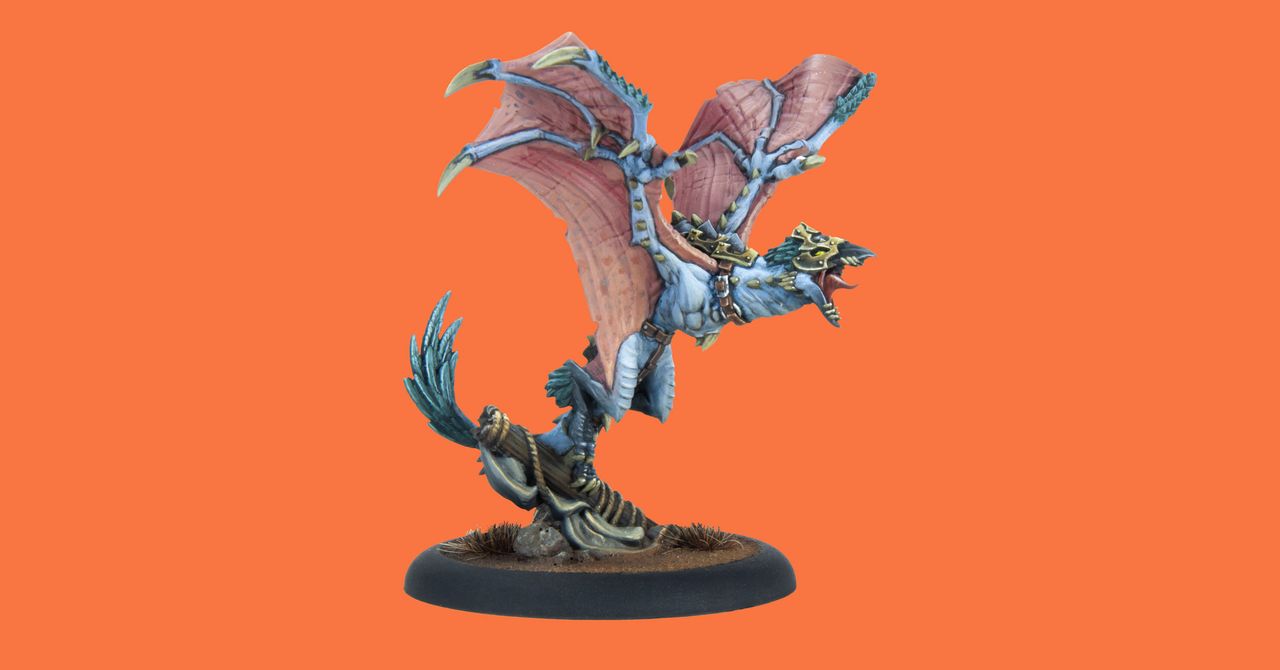
We live in an era when anyone can own and operate a 3D printer. While not without its flaws, the technology has continued to make headlines during the Covid pandemic. And 3D printing has begun to disrupt the economy of tabletop miniatures, as entrepreneurs try to democratize an expensive and somewhat monopolistic market. Meanwhile, longtime brands increasingly fear destabilization as yet another door to piracy swings open.
To get a picture of this world, we spoke to a few of its adopters about the paradigm shift it’s opened up, the tricky economics involved, and what it could all mean for the future of manufacturing for the tabletop.
Has 3D Printing Changed the Game?3D printing isn’t new, but it’s much easier to get into now than it used to be. Slowly but surely, printing with plastic has moved from the realm of novelty to become a foundational tool behind a new kind of company—and a new kind of community.
Alex Ziff, co-CEO at MyMiniFactory, a digital platform dealing in renders for 3D printing, has charted the short history of the industry. “The last three or four years have seen some amazing creativity in this space,” he says. “That’s all because of lowered barriers to entry—not just access to printing, but also people being able to up-skill into CAD software—and thriving communities, as well as the bump from the pandemic drawing people toward indoor recreation.”
Matt Wilson, chief creative officer at Privateer Press, has seen the same thing. “With the quality of renders out there online, we’ve entered a little unannounced renaissance in this space,” he says. “And that growth will accelerate as costs decline, efficiency goes up, and the momentum in the community aggregates. Right now, what we're doing is still similar to what we did 20 years ago, but that won’t be the case in five years. And perhaps five years on from there, it could all change again.”
Sign Up Today Sign up for our Games newsletter and never miss our latest gaming tips, reviews, and features.
Sign up for our Games newsletter and never miss our latest gaming tips, reviews, and features.Wilson’s prediction is a reasonable one. The implications of a fully realized tabletop 3D-printing industry have the potential for historic change.
“With dynamic production methodology, early versions of a tabletop game can be created in full for play-testing, and they can then be revised on a tight schedule,” Ziff says. “You don’t need to print thousands of units of the product at once and live with the results, basically being a disempowered client of the plastics industry. Instead, you can print flexibly and have your community playing and feeding back early to evolve your creation reactively.”
But we are still only at the threshold of this new world of on-demand manufacturing. Many mundane realities hold it back.

